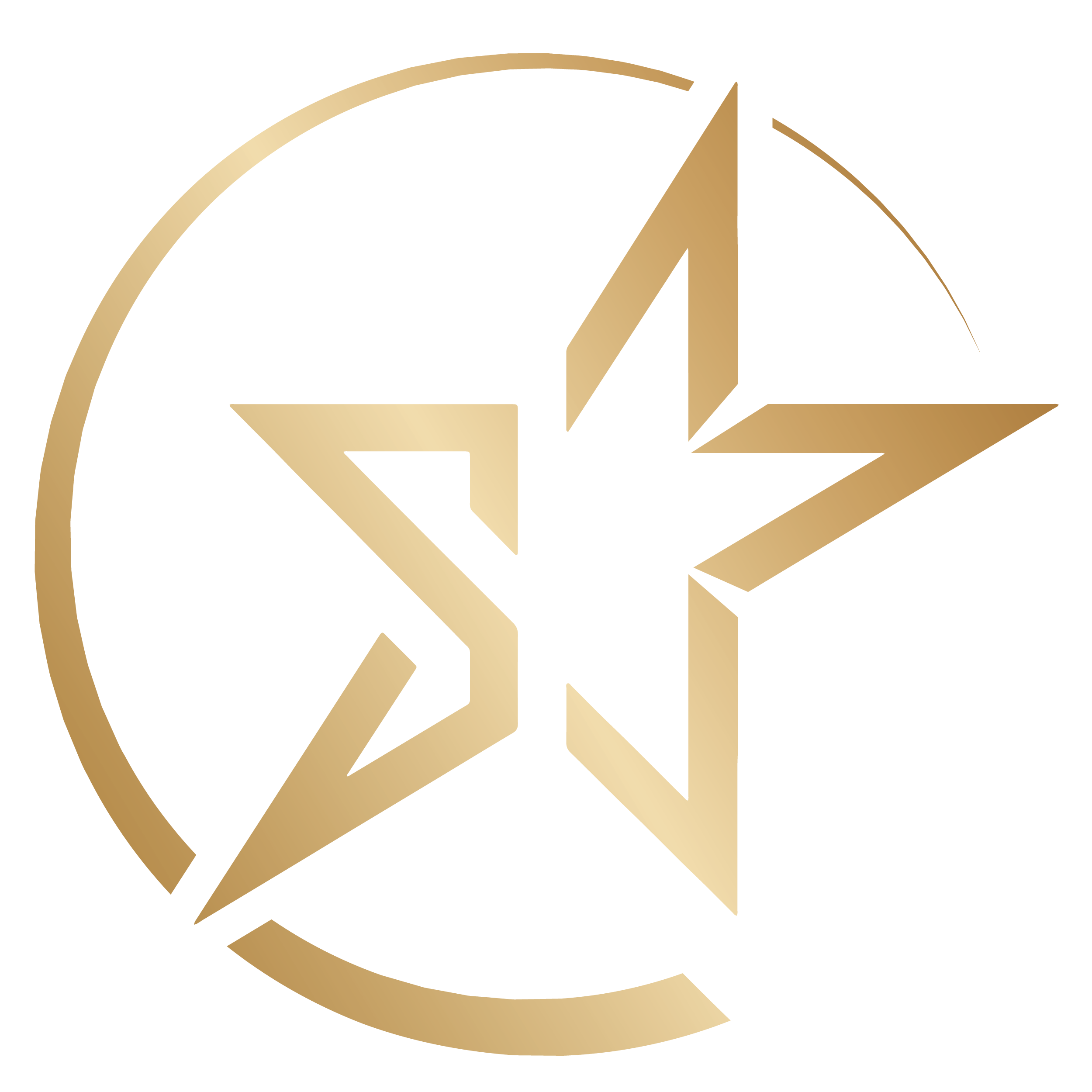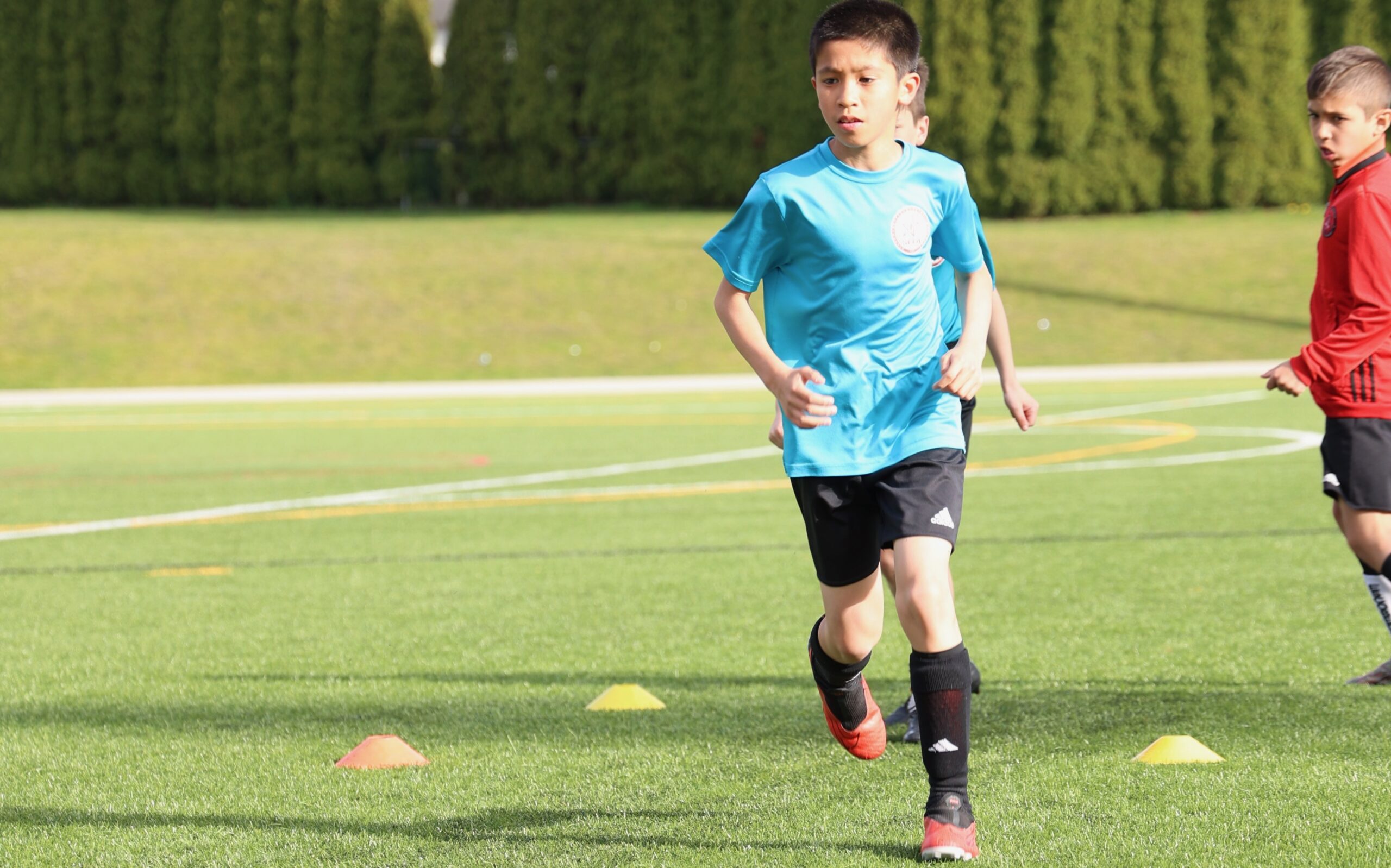Soccer rules the sports world with more than 240 million players worldwide. Youth soccer training has become more significant than ever. The biggest problem in developing young players comes from their natural tendency to favor one foot over the other.
Players perform better with their dominant foot, especially when you have to kick goals accurately or make passes on the ground and in the air. The most successful players, like Cristiano Ronaldo and Lionel Messi, have become skilled at using both feet effectively.
Scientific studies show that players who develop two-footed skills maintain better movement technique and posture. This reduces their injury risks and enhances their performance on the field. This piece explores proven ways to develop both-foot proficiency in young players to build strong foundations for their soccer experience.
Why Both-Foot Skills Matter in Youth Soccer
Research shows a fascinating pattern in soccer development: professional players face a 1.6 times greater risk of injury to their dominant limb. This statistic might seem strange at first glance, but it highlights why players should develop both-foot skills early.
The Natural Dominance Challenge
Young players naturally prefer their stronger foot, which results in about 82-84% of ball contacts with the dominant foot. This preference creates a big gap in performance between feet. Players can kick with more speed and accuracy using their dominant foot. On top of that, this imbalance doesn’t just affect technical skills – it raises injury risks, especially in hamstring and hip/groin areas.
Benefits of Early Development
Two-footed skills training at a young age brings many advantages. Players who become skilled at using both feet show great improvements in:
- Ball control efficiency and versatility in tight spaces
- Better tactical awareness and decision-making abilities
- Lower risk of overuse injuries through balanced muscle development
Young players who master both feet can play effectively on either side of the field. These players become harder to defend against because they can pass and shoot with either foot.
Research shows even a little focused training on the weaker foot can boost young players’ performance significantly. This balanced development helps players keep possession under pressure and guide themselves through tough game situations.
Professional coaches say early two-footed training builds the foundation for advanced skills. This approach helps young players build muscle memory and confidence naturally, instead of fixing deep-rooted single-foot habits later in their careers.
Starting with the Basics
“Experience tells you what to do; confidence allows you to do it.” — Stan Smith, Former world No. 1 American tennis player
Soccer players need to master simple control techniques to develop skills with both feet. Soccer academies from Burnaby to New Westminster stress the importance of starting with ball familiarity exercises.
Simple Ball Control Exercises
Ball familiarity drills are the foundations of two-footed development that help players improve their touch, feel, and control with both feet. Players should practice these core techniques:
- Inside foot control for short passes and ball reception
- Outside foot touches for directional changes
- Sole rolls to improve ball manipulation
- Simple dribbling patterns using alternating feet
Players move on to complex movements as they learn to keep consistent contact with the ball using both feet. Soccer programs in Coquitlam and nearby areas include these basics in their regular training sessions.
First Touch Development
Players need dedicated practice with both feet to master their first touch. They should focus on receiving the ball with different foot surfaces while keeping proper body position. Players must learn to cushion the ball and prepare it for the next move.
Balance and coordination go hand in hand with developing first touch skills. Soccer classes teach proper ankle positioning and body alignment to receive passes from different angles and heights.
Building Confidence
Private youth soccer training programs show that confidence comes from consistent, well-laid-out practice. Players who spend time developing both feet show remarkable improvements in their overall game performance.
Progressive training methods build confidence. Starting with simple exercises and slowly increasing complexity helps young players trust their non-dominant foot. They soon try more challenging moves during actual games.
Local youth soccer programs create supportive environments where players feel at ease experimenting with both feet. This helps develop natural, instinctive responses whatever foot receives the ball. Young players build the confidence to use both feet effectively during matches through regular practice and positive reinforcement.
Fun Training Games for Both Feet
Basic skills become fun activities that form the life-blood of youth soccer training. Soccer academies in Burnaby and Coquitlam of all sizes have made entertaining yet purposeful games part of their program to develop both-foot proficiency.
Mirror Ball Games
Mirror ball exercises have proven to be a dynamic training tool. Players stand on opposite sides of an imaginary line and cannot cross the center. One player leads the movements while the other mirrors them. This creates an engaging challenge that builds quick reactions and footwork with both feet.
Kids soccer training programs employ three progressive variations of the mirror game. Players start by holding the ball in their hands and score when they touch cones with either foot. The next level adds dribbling exercises where players must keep the ball while mirroring their partner’s movements. This builds defensive awareness and helps players use both feet equally.
Strategic elements come into play at the final stage. Players can score by touching the ball to side cones or turning to reach a back cone. Young athletes learn spatial awareness and quick decision-making naturally while using both feet in their play.
Target Practice Activities
Soccer programs near New Westminster have found that target-based activities improve both-foot development by a lot. These exercises blend the excitement of scoring with practice of weak-foot skills.
The three-goal drill works exceptionally well when players:
- Take shots with alternating feet based on their position
- Adapt their approach angle for each target
- Make quick decisions under defensive pressure
Training facilities in the region employ various target setups to challenge players. To name just one example, coaches arrange multiple small goals at different distances. Players must adjust their shooting technique and power with both feet. This creates a space where young players build confidence in using either foot without pressure about their weaker side.
These training games work because they hide practice within fun activities. Soccer clubs in Burnaby report that players in these structured yet fun exercises show remarkable progress with their weak-foot skills. These young athletes become versatile players who contribute effectively from any position on the field.
Age-Specific Training Approaches
Youth soccer skills require training methods that match a player’s age. Leading soccer academies in Burnaby and Coquitlam have found that there was a need for specific youth development programs. Each age group needs different training methods that align with their physical abilities and mental growth.
6-8 Years: Playful Learning
Young players need to start with simple movement patterns and ball familiarity. Research shows that children this age learn best when they play games that naturally include simple soccer movements. Soccer clubs in New Westminster design their training sessions with:
- Simple ball control exercises with both feet
- Fun dribbling patterns through obstacle courses
- Partner games that teach passing
- Basic shooting techniques without competition
Coaches keep activities short, running 10-15 minutes per drill. They know young players can’t focus for long periods.
9-12 Years: Technical Focus
This vital development phase puts technical skill improvement first. Training sessions become more organized, and players show clear progress in ball control and game understanding. Private youth soccer facilities in Burnaby now use specialized drills that work on:
Speed development through structured exercises, game awareness through small-sided matches, and better ball control through technical practice. Players learn more complex passing patterns and shooting techniques as their coordination and understanding grow.
13+ Years: Advanced Development
Soccer academies see this stage as key for advanced skills. Training gets more intense, and sessions focus on position-specific skills and game understanding. Players make better decisions and handle complex training scenarios well.
Advanced training includes:
- Complex game strategies and tactics
- Position-specific skill improvement
- Better physical conditioning
- Real game situations
Soccer programs near Coquitlam balance technical improvement with tactical understanding. Players at this level show impressive growth in complex moves and strategic thinking under pressure.
Moving through these age groups needs careful attention to physical and mental development. Soccer classes in New Westminster adjust their training difficulty and complexity to help players develop skills at the right pace.
Tracking Progress and Success
“Failure happens all the time. It happens every day in practice. What makes you better is how you react to it.” — Mia Hamm, Former U.S. women’s national soccer team player, two-time Olympic gold medalist
The life-blood of successful kids soccer programs lies in how they evaluate young players’ development. Soccer academies in Burnaby and Coquitlam employ well-laid-out assessment methods to track how players progress with both feet.
Weekly Skill Challenges
Soccer clubs run weekly skill assessments that measure specific improvements. These tests track vital aspects like ball control, passing accuracy, and shooting precision with both feet. Youth soccer training facilities in private settings use specialized tracking systems to measure up to 15 different performance indicators.
Soccer programs near New Westminster test players on:
- Ball control proficiency through specific drills
- Passing accuracy under varying pressure situations
- Shooting precision from multiple angles
- Technical balance between dominant and non-dominant feet
Coaches document progress on standardized evaluation forms and give detailed feedback about areas that need more focus. These assessments combine hard numbers with observations about how players develop.
Setting Achievable Goals
Youth soccer training facilities stress the value of setting realistic, progressive goals. Soccer academies in Coquitlam build their goal-setting framework around specific timeframes. Each development phase has clear objectives.
The best goal-setting approaches target three key areas:
- Technical Development: Players work to master specific skills with both feet
- Physical Progress: Speed, agility, and coordination improvements
- Tactical Understanding: Better decision-making in game situations
Soccer classes use specialized tracking apps and tools to monitor player growth. These tech solutions provide up-to-the-minute data on performance metrics. This helps coaches and players spot areas that need work.
Private youth soccer training programs in Burnaby use a well-laid-out evaluation system. Players get detailed progress reports every 4-8 weeks. This approach keeps everyone focused on long-term development while celebrating quick wins.
Video analysis often plays a part in evaluations. Players can see their progress and spot areas that need attention. Soccer clubs find this multi-faceted approach to tracking development keeps players motivated. It also ensures steady improvement in both-foot skills.
Regular monitoring and structured goal setting create an environment where players can grow their skills steadily. Soccer academies emphasize that success should focus on personal improvement rather than comparing players with their peers.
Conclusion
Both-foot skills are the life-blood of youth soccer development. Soccer academies in Burnaby, Coquitlam, and New Westminster have showed that balanced foot development helps create versatile and confident players. It also reduces their risk of injuries.
Research clearly shows that well-laid-out training approaches work. Young players who master both feet during their early years make remarkable progress in every aspect of their game. Their decision-making abilities improve and they maintain better posture during matches.
Soccer clubs in the region have proven a winning formula. They combine age-appropriate training methods with systematic progress tracking. Parents who want complete youth development should think over signing up with Sefa Soccer Academy. Here, experienced coaches help young players become skilled at using both feet through proven training methods.
Youth soccer success comes from dedication, proper guidance, and regular practice. Players grow through structured training programs. They develop technical skills and build character, confidence, and a lifelong love for the beautiful game.
FAQs
Q1. How can young players develop skills with both feet in soccer? Players can develop both-foot skills through various exercises, including simple ball control drills, mirror ball games, and target practice activities. Consistent practice with both feet during training sessions helps build muscle memory and confidence.
Q2. Why is it important for youth soccer players to master both-foot skills? Mastering both-foot skills enhances a player’s versatility, reduces injury risks, and improves overall performance. It allows players to maintain better control in tight spaces, make quicker decisions, and become more unpredictable to opponents.
Q3. What are some effective training games to improve both-foot skills? Mirror ball games and target practice activities are highly effective. These games challenge players to use both feet equally, improve spatial awareness, and enhance decision-making abilities while maintaining an enjoyable training environment.
Q4. How should training approaches differ for various age groups in youth soccer? Training approaches should be age-specific. For 6-8 years, focus on playful learning and basic movements. Ages 9-12 should emphasize technical skill refinement. For 13+ years, introduce advanced tactical concepts and position-specific training.
Q5. How can progress in both-foot skills be tracked effectively? Progress can be tracked through weekly skill challenges that assess ball control, passing accuracy, and shooting precision with both feet. Setting achievable goals and using standardized evaluation forms help monitor improvement over time.


